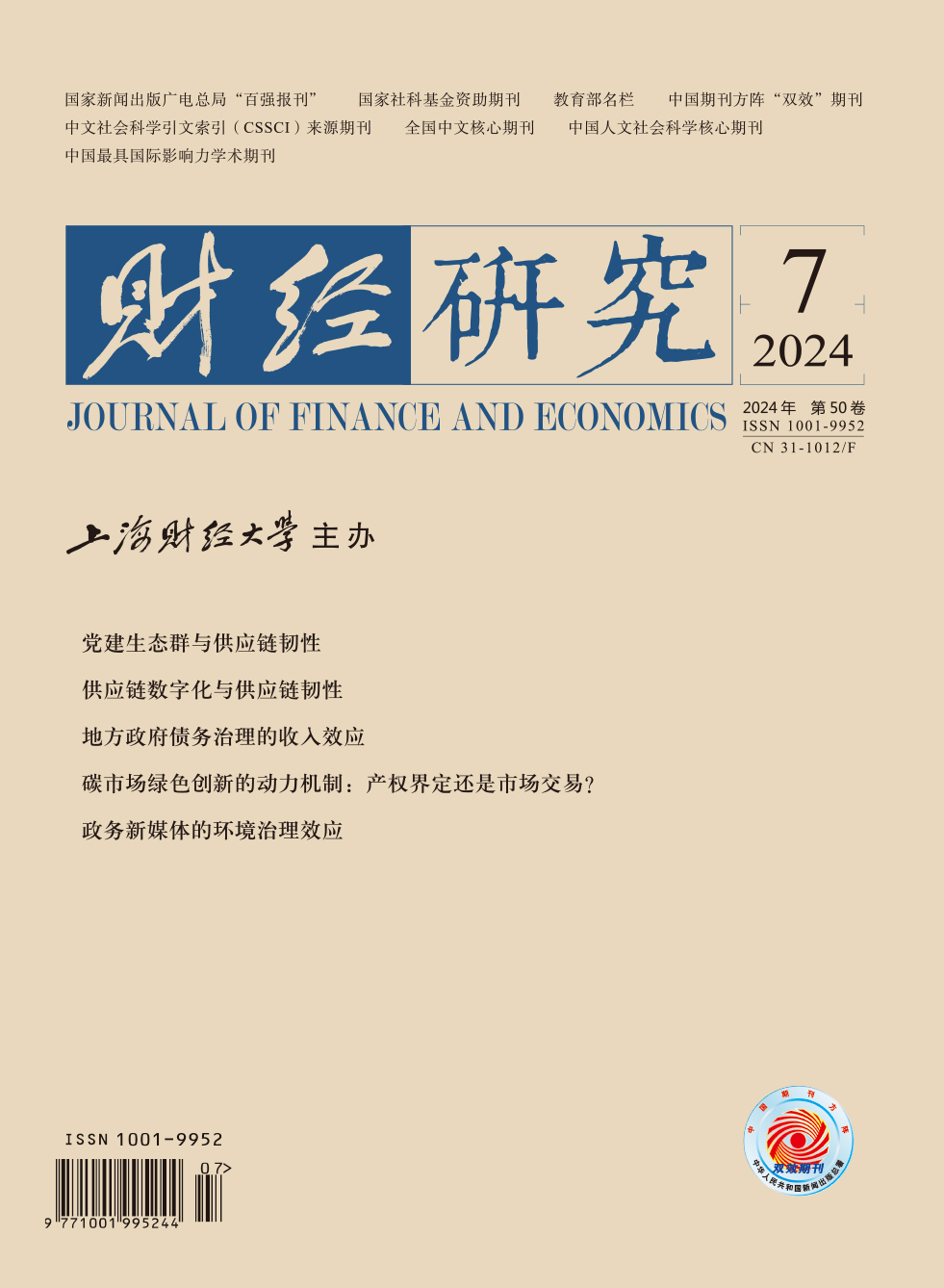The carbon emissions trading market (CETM) is a major institutional innovation that utilizes the market mechanism to promote green and low-carbon development. An in-depth study of the impact of the CETM on green innovation (GI) is of great significance in promoting China’s economic and social green transformation and realizing sustainable development. Theoretically, both initial property rights definition and market transactions affect the resource allocation efficiency of the CETM, but the differences in the impacts of the two on GI remains to be empirically tested.
Based on the quasi-natural experiment of the establishment of the CETM in each pilot region in China, this paper takes A-share listed companies as the research object, and applies staggered DID to study the impact of the CETM on GI and its mechanism of action. The study finds that the CETM has a significant incentive effect on GI, and this effect still holds after a series of robustness tests. Mechanism testing shows that the CETM can incentivize GI by internalizing the positive externalities of innovation. There are differences in the incentive effect of different initial property rights definition methods in the CETM on GI; the CETM is unable to promote the flow of production factors from inefficient firms to efficient firms through market transactions; and the existence of high transaction costs in the CETM is the reason for the above facts. The impact of initial property rights definition on GI is greater than that of market transaction on GI. Further analysis reveals that excessively high carbon prices may inhibit the incentive effect of the CETM on GI, and the CETM promotes substantive GI. Heterogeneity analysis finds that the incentive effect of the CETM on GI is related to the characteristics of regions, industries, and firms.
The marginal contributions of this paper are as follows: First, it finds that transaction costs are the reason for the differences in the incentive effect of different initial property rights definition methods on GI, and also the reason for the differences in the impacts of initial property rights definition and market transactions on GI, providing a realistic basis for the application of the Coase Theorem in the CETM. Second, the impacts of carbon price, relative trading size, and liquidity on GI are discussed empirically, enriching the research on the impact of the market mechanism of the CETM on GI. Third, firms in the CETM are precisely identified, and their exit from the CETM is considered to ensure the accuracy of pilot firms and the reliability of empirical conclusions.





 2191
2191  2263
2263

